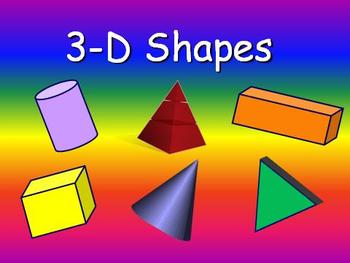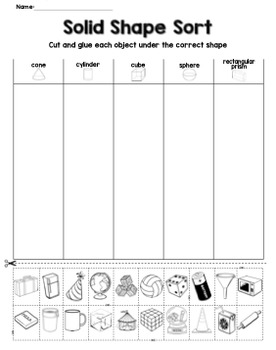
Have a real aptitude for building and a solid sense of spatial reasoning. Easily construct the three-dimensional objects. Allow the children to build freely with the toothpicks and balls of clay (take your teaching cues from the children’s construction and ask the children to explain what they built)Īdapt Lesson for Preschoolers Preschoolers may:. Help position the toothpicks and clay balls so that the children can focus on construction, without getting frustrated by trying to balance the balls of clay and position the toothpicks in the clay balls. Roll the balls of clay prior to the activity. Have difficulty visualizing and/or constructing the 3D shapes. Have difficulty with their fine motor skills. 

The children can use these sticks to make spheres, cuboids and other three-dimensional shapes.
Give the children two sticks of different sizes (one stick should be the length of a toothpick and the other stick should be longer). Group members can work together to create a sculpture or an imaginary animal and then give a short presentation about their construction. Give the children a challenge or a problem to solve (like designing a car of the future) and watch them get creative. Toothpick sculptures are great for group projects. How many vertices (corners) do each of their shapes have? How many edges do each of their shapes have? Keep a record sheet of their information. 
Ask the children to count how many faces each of their shapes have.Ask the children to build each of the four shapes and review vocabulary using their shapes as examples.Introduce vocabulary such as face, edge and vertice.Explain that the pyramids in Egypt are square-based pyramids.
Solid shapes lesson how to#
Model how to make another cube, use four more toothpicks on each face of your cube to form new square-based pyramids.Stick toothpicks into the clay to form the basic shapes of a tetrahedron, a square-based pyramid and a cube.Show the children how to form equal-sized balls of clay (about the size of large peas).







 0 kommentar(er)
0 kommentar(er)
